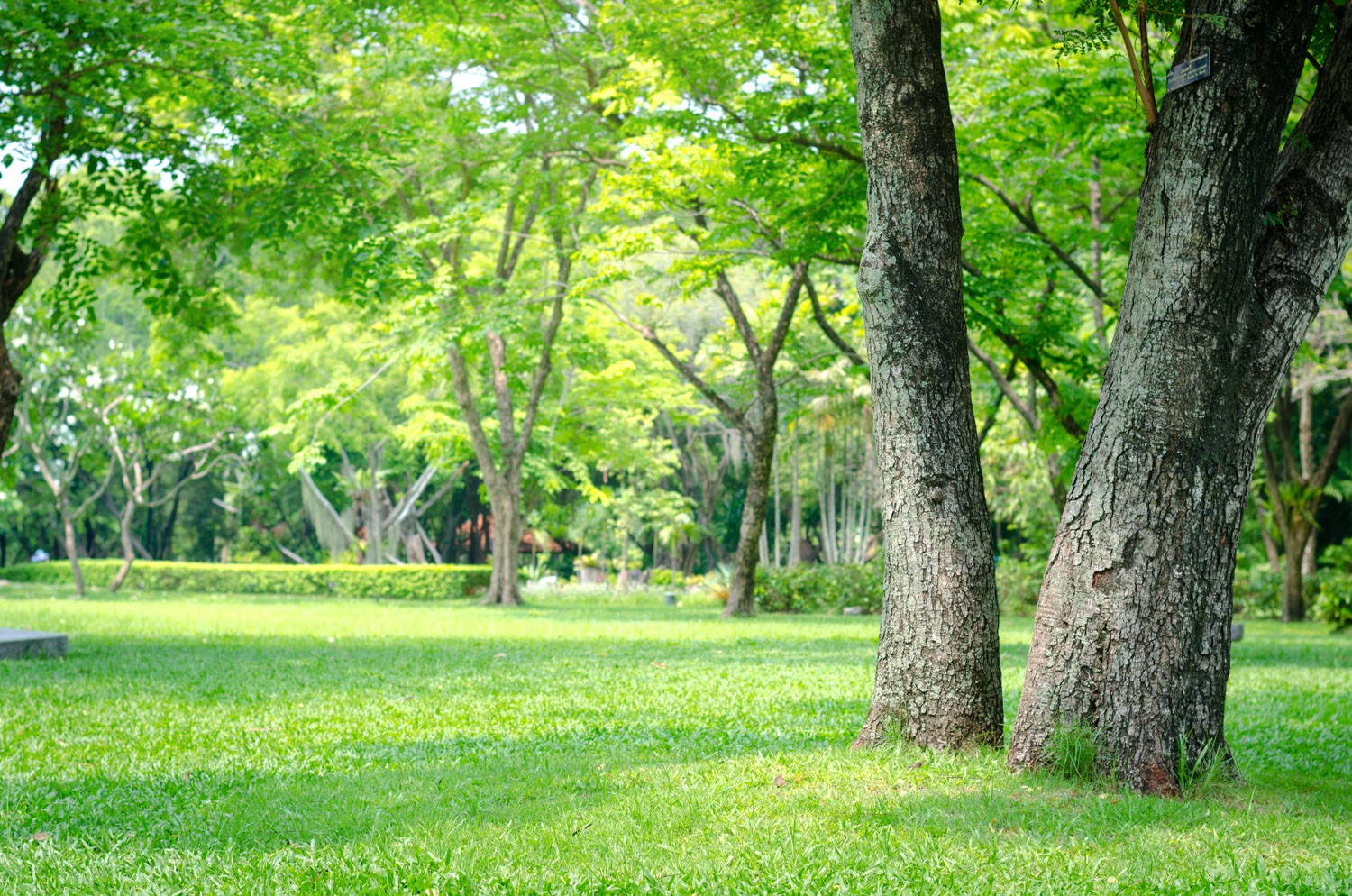Ressources supplémentaires
Bardekjian, A. et Puric-Mladenovic, D. (2025). Ressources supplémentaires. Dans Cultiver des villes vertes : Guide pratique de la foresterie urbaine au Canada. Arbres Canada. Repéré sur le site Web d’Arbres Canada : https://arbrescanada.ca/guide-foresterie-urbaine/ressources-supplementaires/

Approfondissez vos connaissances grâce aux ressources sélectionnées et aux lectures complémentaires ci-dessous.
Ressources diverses
Canadiennes
- Cardou, F., Aubin, I., Bergeron, A. et Shipley, B. (2020). Functional markers to predict forest ecosystem properties along a rural-to-urban gradient. Journal of Vegetation Science, 31(3), 416-428.
- Cities4Forests: (2020). Urban Forests for Healthier Cities: Policy, Planning, Regulations, And Institutional Arrangements – Learning Guide.
- EcoHealth Ontario. (2025). Policy Toolkit for Developing and Implementing Ecohealth Policies and Practices.
- Engel-Yan, J. B., Kennedy, C. A. et Pressnail, K. D. (2005). Natural infrastructure and neighbourhood sustainability. Article présenté dans les comptes rendus de la conférence annuelle de la Société canadienne de génie civil.
- Forest Gene Conservation Association. (s. d.). Page d’accueil – FCGA. https://fgca.net/
- Green Infrastructure Ontario Coalition (GIOC). (2016). Toolkit Part I: Communicating the Benefits of the Urban Forest in a Municipal Context.
- Hotte, N., Nesbitt, L., Barron, S., Cowan, J., Cheng, Z. et Sheppard, S. (2016). The social and economic values of Canada’s urban forests: A national synthesis. Service canadien des forêts.
- Logement, Infrastructures et Collectivités Canada. (2022). Le Canada et l’Île-du-Prince-Édouard investissent dans de nouvelles infrastructures d’aqueduc à Charlottetown. Gouvernement du Canada.
- Larouche, J., Rioux, D., Bardekjian, A. C. et Gélinas, N. (2021). Urban forestry research needs identified by Canadian municipalities. Forestry Chronicle, 97(2), 158-167.
- Mendes, P., Bourgeois, B., Pellerin, S. et al. (2024). Linkages between plant functional diversity and soil-based ecosystem services in urban and peri-urban vacant lots. Urban Ecosystems, 27, 1011–1026.
- Ontario Network on Ecosystem Services. Access Information – Guidance.
- Owen, D., Fitch, A., Fletcher, D., Knopp, J., Levin, G., Farley, K. et Jones, L. (2024). Opportunities and constraints of implementing the 3–30–300 rule for urban greening. Urban Forestry & Urban Greening, 98, 128393.
- Toronto Public Health. (2015). Green City: Why nature matters to health – An Evidence Review. Toronto (Ontario).
- Quinton, J. M. et Duinker, P. N. (2019). Beyond burial: researching and managing cemeteries as urban green spaces, with examples from Canada. Environmental Reviews, 27(2), 252-262.
Non canadiennes
- Alivio, M. B., Šraj, M. et Bezak, N. (2023). Investigating the reduction of rainfall intensity beneath an urban deciduous tree canopy. Agricultural and Forest Meteorology, 342, 109727.
- Borelli, S., Conigliaro, M., Di Cagno, F. (2023). Urban forests: a global perspective. Rome, FAO.
- Kane, R. (2004). The Green Fuse: Using plants to provide ecosystem services – a literature review. SPROUT Sustainable Plant Research and Outreach.
- Leff, M. (2016). The Sustainable Urban Forest: A Step-by-Step Approach. USDA Forest Service, Washington.
- The Nature Conservancy. (2022). The Biodiversity Action Guide.
- Sustainable Forestry Initiative. (2024). SFI Urban and Community Forest Sustainability Standard.
- Université de Washington. (2018). Green Cities: Good Health – More Resources.
- Wentworth, J. (2017). Urban Green Infrastructure and Ecosystem Services – Research Briefing. Office parlementaire de la science et de la technologie, Royaume-Uni.